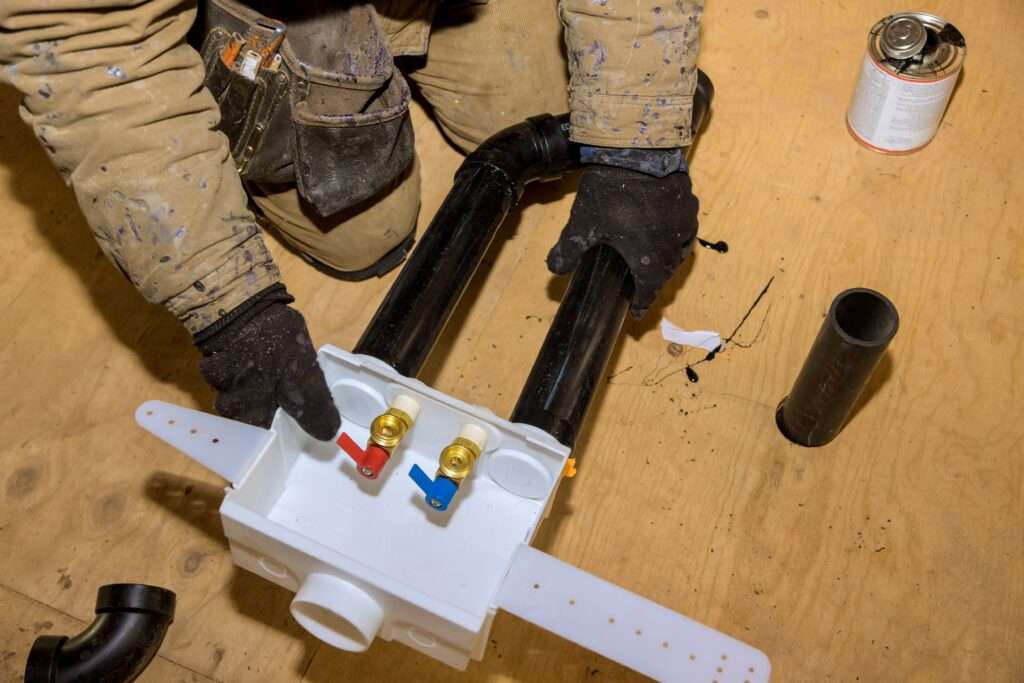Student Resources
When you’re ready to start a hands-on, high-paying career—whether in construction, healthcare, tech, or the skilled trades—you don’t need a four-year degree. Instead, you have two practical, career-ready options: trade school or apprenticeship.
Both lead to jobs that are in-demand, well-paid, and essential to the economy. But they work very differently.
So, what’s the difference? Which is faster? Which costs less? And how do you choose the right path?
This guide breaks down everything you need to know to decide between trade school and apprenticeship—including structure, pros and cons, time commitment, and job outlook.

Explore More Articles
The Future of Education: AI Skills Every Graduate Needs
AI Boom: Industries on the Rise vs. Industries in Decline
AI for Educators: Degrees That Train You to Teach AI
Degrees That Will Thrive in the AI Business Era
The AI-Resistant Creative Skills You Should Build Now
Explore Degree Subjects
A trade school (also known as a vocational or technical school) is an educational institution that offers career-focused training in a specific field. It’s classroom-based, often with hands-on lab experience, and typically lasts from 6 months to 2 years.
An apprenticeship is a paid, on-the-job training program where you learn by doing. You work under experienced professionals while completing classroom instruction (often part-time). Apprenticeships last 1 to 5 years, depending on the trade.
Classroom and lab-based
Hands-on job site with classroom support |
6 months to 2 years
1 to 5 years
Tuition required (varies by program)
Usually free, may even pay you to learn
No
Yes – starts low but increases over time
Diploma, certificate, or degree
Journey-level certification or license
Full-time or part-time, flexible
Full-time work schedule
People who prefer structured academic learning
People who want to earn while they train
Whether you go through trade school or an apprenticeship, skilled trades continue to offer strong demand and high wages.

$60,000–$100,000+

$50,000–$75,000

$55,000–$90,000

$40,000–$60,000

$75,000+

$45,000–$70,000

$55,000–$70,000
Many trade professionals can earn six figures with overtime, certifications, and years of experience.
Choosing between trade school and apprenticeship depends on your career goals, learning style, timeline, and finances.
Both paths are valuable—and both are legitimate, career-ready options that offer more security and better pay than many traditional degrees.
Trade school and apprenticeships are two distinct but powerful ways to build a successful career without going into massive debt.
Trade schools offer fast-track learning, flexibility, and wide-ranging options in everything from healthcare to business. Apprenticeships provide direct work experience, a paycheck from day one, and top-tier industry credentials.
Whichever path you choose, you’ll gain the skills, confidence, and qualifications towards a stable, rewarding career.
Your future doesn’t have to wait. Choose the path that works best for your life—and start building it today.

It depends on your goals. Trade school is great for fast, structured learning, while apprenticeships offer paid, hands-on experience. Neither is better—they just fit different learners.
Yes! Some apprenticeships require or recommend trade school coursework. Others allow you to get advanced standing or faster certification by combining both.
Yes, especially for careers in healthcare, technology, and office-based trades. Many graduates see a strong return on investment within 1–2 years of working.
Most are free and pay you to learn. Some have small fees for tools or classes, but overall, the cost is minimal compared to traditional education.
Trade school is generally faster, with many programs under a year. Apprenticeships take longer but provide paid work experience along the way.